Marc Schoenwiesner
Cross-cultural Mood Perception in Pop Songs and its Alignment with Mood Detection Algorithms
Aug 02, 2021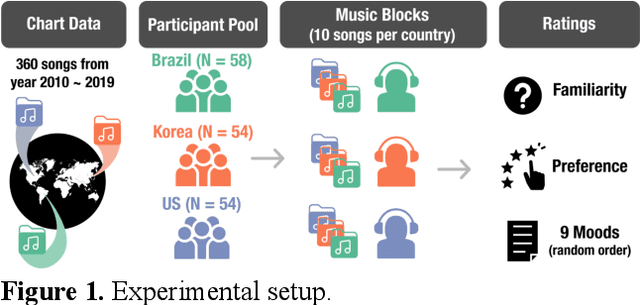
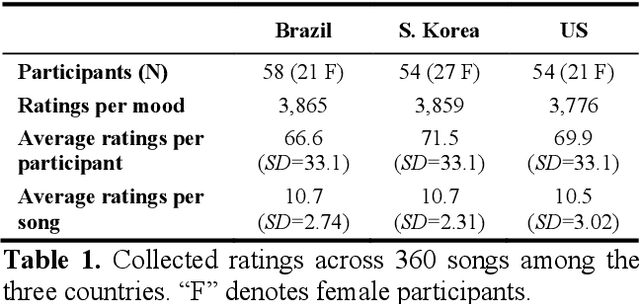
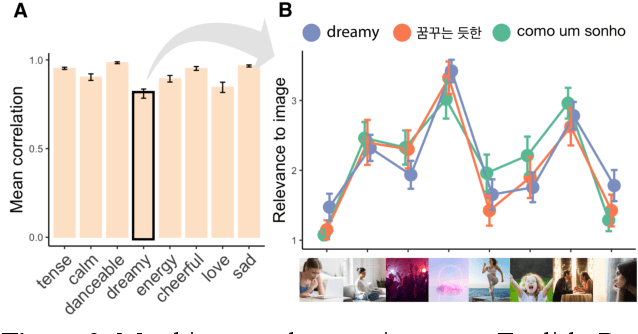
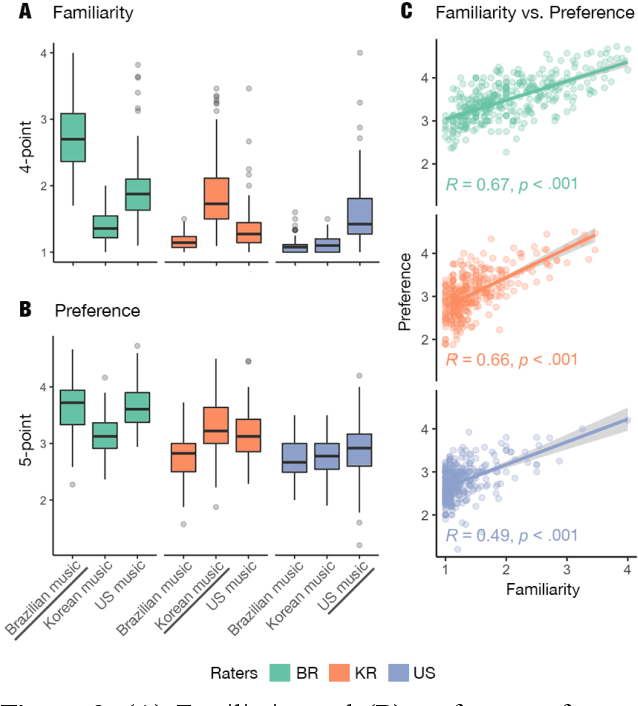
Abstract:Do people from different cultural backgrounds perceive the mood in music the same way? How closely do human ratings across different cultures approximate automatic mood detection algorithms that are often trained on corpora of predominantly Western popular music? Analyzing 166 participants responses from Brazil, South Korea, and the US, we examined the similarity between the ratings of nine categories of perceived moods in music and estimated their alignment with four popular mood detection algorithms. We created a dataset of 360 recent pop songs drawn from major music charts of the countries and constructed semantically identical mood descriptors across English, Korean, and Portuguese languages. Multiple participants from the three countries rated their familiarity, preference, and perceived moods for a given song. Ratings were highly similar within and across cultures for basic mood attributes such as sad, cheerful, and energetic. However, we found significant cross-cultural differences for more complex characteristics such as dreamy and love. To our surprise, the results of mood detection algorithms were uniformly correlated across human ratings from all three countries and did not show a detectable bias towards any particular culture. Our study thus suggests that the mood detection algorithms can be considered as an objective measure at least within the popular music context.
The effect of task and training on intermediate representations in convolutional neural networks revealed with modified RV similarity analysis
Dec 04, 2019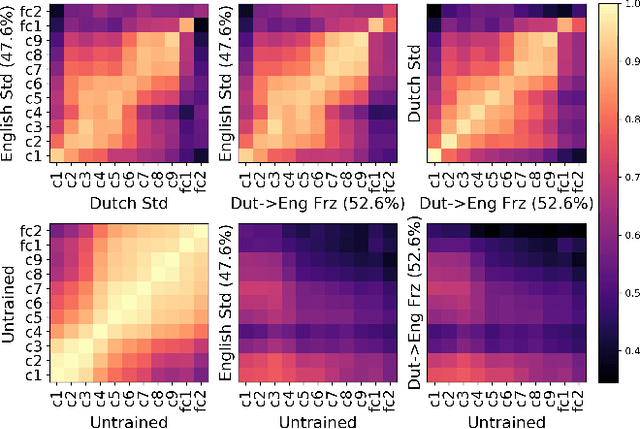

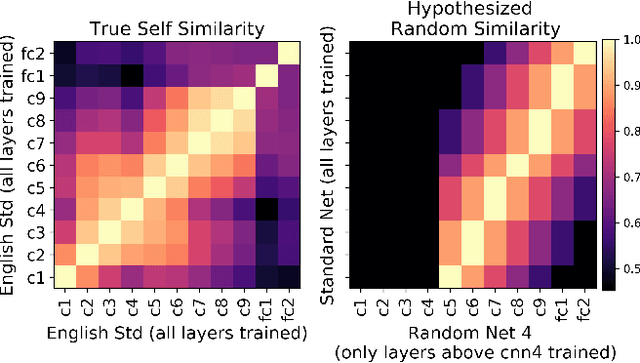
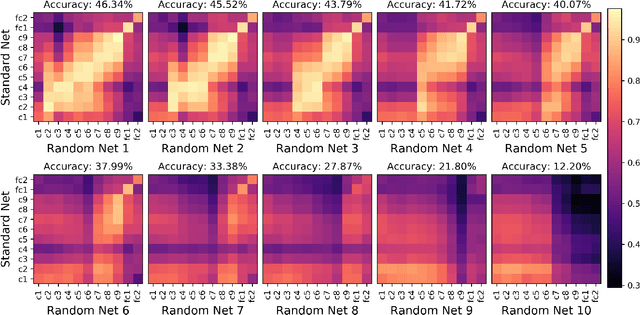
Abstract:Centered Kernel Alignment (CKA) was recently proposed as a similarity metric for comparing activation patterns in deep networks. Here we experiment with the modified RV-coefficient (RV2), which has very similar properties as CKA while being less sensitive to dataset size. We compare the representations of networks that received varying amounts of training on different layers: a standard trained network (all parameters updated at every step), a freeze trained network (layers gradually frozen during training), random networks (only some layers trained), and a completely untrained network. We found that RV2 was able to recover expected similarity patterns and provide interpretable similarity matrices that suggested hypotheses about how representations are affected by different training recipes. We propose that the superior performance achieved by freeze training can be attributed to representational differences in the penultimate layer. Our comparisons of random networks suggest that the inputs and targets serve as anchors on the representations in the lowest and highest layers.
 Add to Chrome
Add to Chrome Add to Firefox
Add to Firefox Add to Edge
Add to Edge